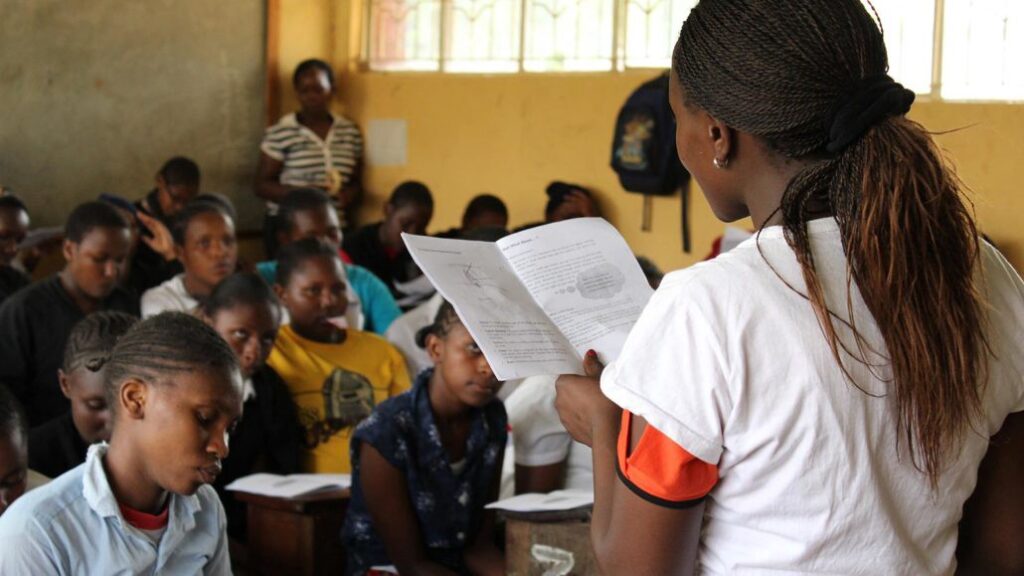Despite how common and important it is as an indicator of physical health, menstruation is met with silence, shame, and discrimination around the world. Menstruating women too often suffer from restricted mobility, limited economic participation, and even infection.

Eight years ago, the United Nations declared today, October 11th, the International Day of the Girl to recognize the unique challenges girls face around the world — in part because achieving gender equality and women’s empowerment is integral to each of the 17 Sustainable Development Goals (SDGs). Menstrual health cuts across each of these challenges from health (SDG 4) to education (SDG 3) to water and sanitation (SDG 6).
Menstruation is a part of life for so many: on any given day, 300 million people are menstruating, and two billion women and girls — over one-fourth of the global population — are of menstruating age.
Yet social stigma around menstruation stymies menstrual research and education, leaving many pre-adolescent girls with neither information nor support before or during their first period. Without a basic foundation of how her body works, young girls are unprepared to take care of their bodies safely, comfortably, and confidently.
In 2017, Plan International reported that one in seven girls in the United Kingdom have struggled to afford sanitary products. In a 2002 study in the U.S., women who dropped a tampon on the floor were rated lower on competency and likability scales than women who dropped a hair clip. Nearly 70% of girls in Ethiopia and Tanzania had no information about menstruation before their first period. In a study in Colombia, nearly half of boys reported that they did not feel comfortable interacting with a girl when she was on her period.
Unfortunately, often because of its widespread yet cross-sectoral nature, menstrual health is rarely addressed in major funding, research, or policy agendas. The UN SDGs and the World Health Organization’s Global Strategy for Women’s, Children’s and Adolescent Health, for example, lack specific goals and indicators for menstrual health in their work — making it critical for funders to fill this gap.
Through investing in menstruation across multiple intervention points, The Case for Her has learned that addressing menstrual health effectively requires a multi-tiered strategy combining cross-sectoral programming, research, and advocacy. We know that increasing menstrual health is not just about offering products that safely absorb or contain blood, but also about helping women and girls understand their bodies within the context of their communities — from family planning to reproductive health to sanitation and equal access to work and education. And, we know that, with so much at stake — and so much to gain — funding menstrual health is one of the most strategic, cross-cutting and impactful investments that a funder can make.
Therefore, this International Day of the Girl, The Case for Her calls on funders of social change to acknowledge the importance of menstrual health in reaching the global goals and to invest in menstrual health programming, research and advocacy to improve the health of entire communities around the world.
- The Case for Her Teamhttps://thecaseforher.com/blog/author/tcfh-team/
- The Case for Her Teamhttps://thecaseforher.com/blog/author/tcfh-team/
- The Case for Her Teamhttps://thecaseforher.com/blog/author/tcfh-team/
- The Case for Her Teamhttps://thecaseforher.com/blog/author/tcfh-team/


